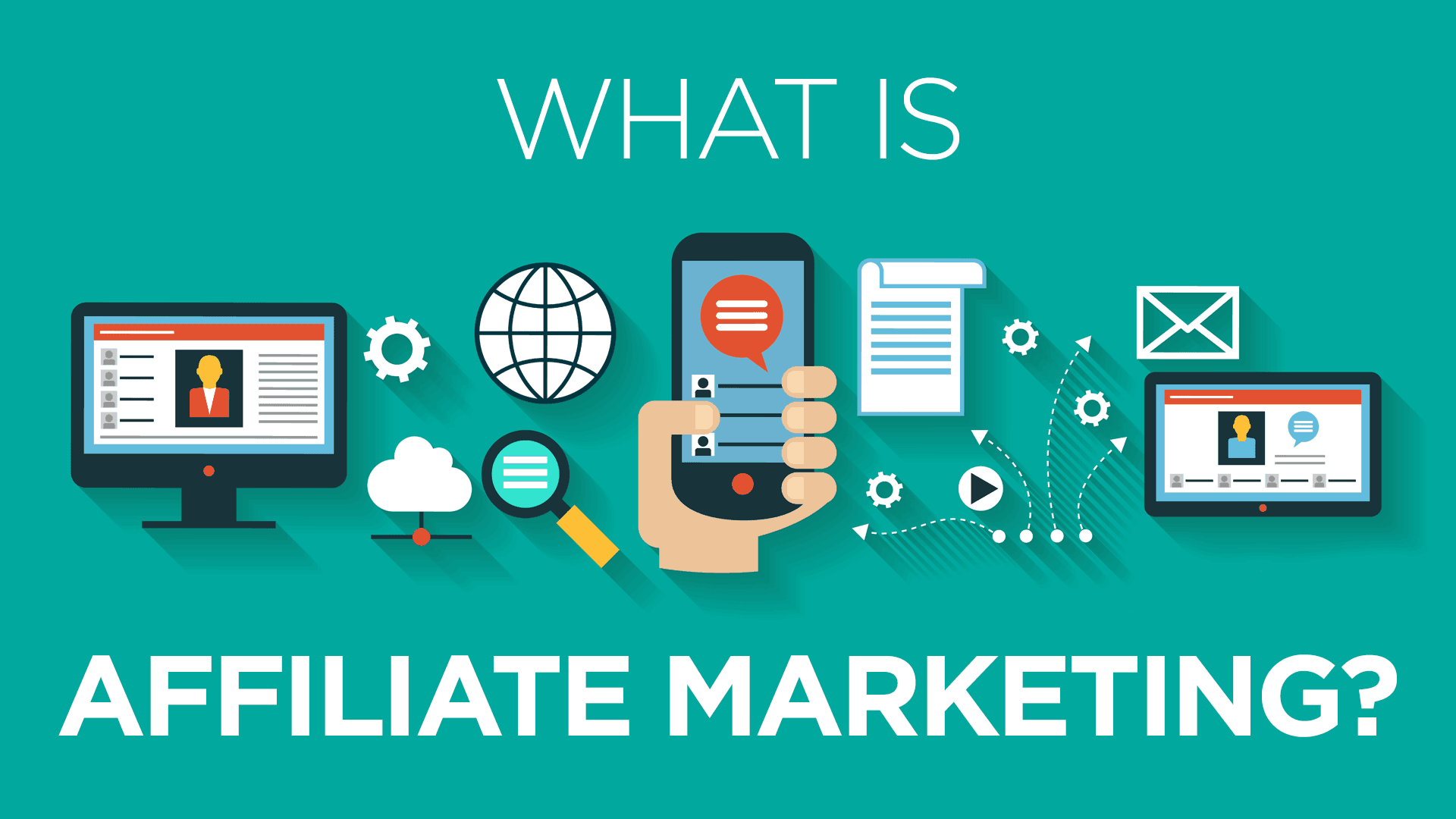
With the evolution of the Internet, new marketing formats are appearing every day, always with the aim of expanding the forms and channels that attract the consumer’s attention. Are people more and more anteaters and demanding, in addition to knowing the type of advertising that interests them when they buy online?
Affiliate marketing is an extremely interesting alternative for those wishing to work with Internet sales, as well as an excellent tool for producers wanting to increase the distribution of their products online. If you still do not know the term “Affiliate Network” or if you want to know what you are missing by not adopting this strategy, be aware of this post!
What is affiliate marketing?
Affiliate marketing works as follows: The affiliate promotes the product of a contractor / company in exchange for a commission for each sale or action performed.
What is affiliate marketing? Explanation of the definition
Although apparently a novelty, this business model began in the 1990s, when Amazon, the US retail giant, began offering service to people wishing to disclose the products available in the store. All I had to do was create a database and wait for the affiliates to do all the advocacy work. If the strategy has generated sales, all the better! Otherwise, they did not spend a dime. For people who had persuasive skills, it was an opportunity to make money working at home. As it should be noted, Top CPI affiliate network is a business relationship in which everyone wins.
CPI affiliate marketing can make their websites, blogs, and social networks profitable by selling third-party products without having to have a good idea or create a product. Producers are gaining various distribution channels and thus reaching more customers and, as a result, increasing sales. And even customers, who have more channels to search for products and make a more assertive buying decision.
Types of promotion for affiliate marketing
There are different formats for affiliate programs. It is the responsibility of the producer to choose the one that best suits his product and his business objectives. Although having similarities between them, affiliate marketing for lead generation is different from the conversion oriented one, although both are pointing to financial performance
Cost Per Click (CPC)
In this type of program, the affiliate is paid per click, that is to say, he wins each time a user clicks on the banner, the pop-up window or any advertisement displayed on your blog, your site or your social networks.
Cost Per Action (CPA)
In the case of cost per share, the CPA affiliate marketing is only done if users click on the ad and take action on the ad’s landing page, which may include registering, requesting a quote, or buying. In these cases, it is not enough to advertise, the CPA affiliate network India will have to use its influence to show the benefits of the product and convince people that this offer is reliable.
Cost per Thousand Impressions (CPM)
In the Cost per thousand impressions (CPM) format, the advertiser pays a fixed value to the Affiliate when the advertising banner reaches a thousand views.
Cost per Sale (CPS)
In CPS, the Affiliate only receives the payment when the link shared by him generates sales and is the finest alternative for the small manufacturer.
Pay to Click (PTC)
Paid to Click or ‘Pay per click’. Although it may seem like the CPC, the PTC differs in that the payment is made by the website to the visitor, instead of the advertiser to the website.
Cost per rating point (CPR)
CPR affiliate marketing is one metric marketing professional and analysts use to determine where to place ads and how much is reasonable to pay for them.
Cost per Lead (CPL)
Cost per Lead is basically an online advertising pricing model, in which a particular advertiser pays for a signup from a customer who’s interested in the offer the advertiser is promoting.






Pingback: 7 Big Mistakes New Market Affiliators Make |